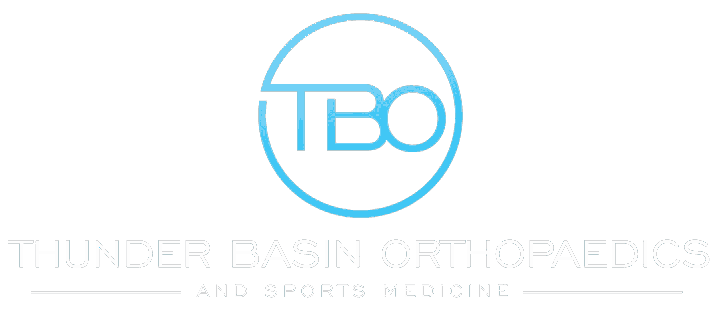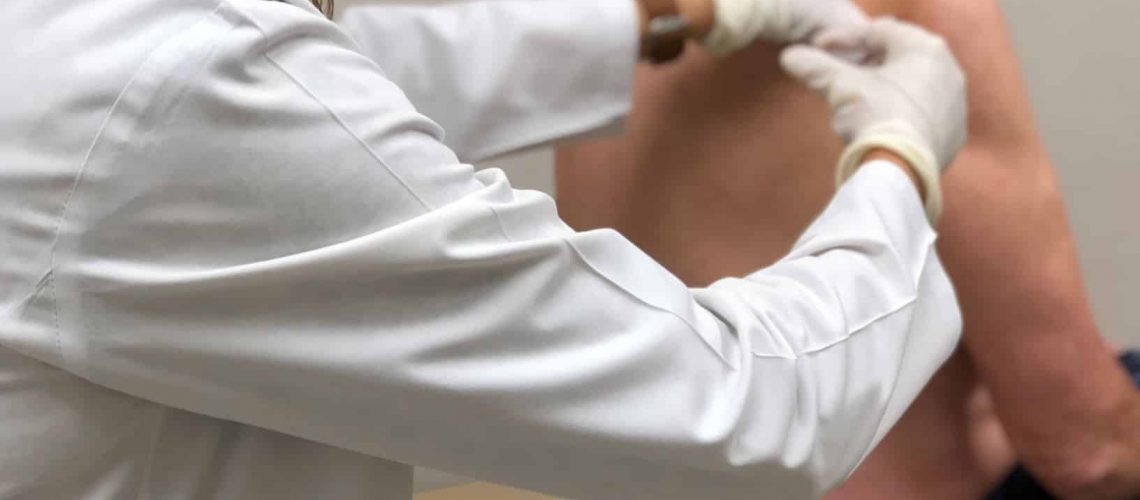Rotator cuff injuries can be excruciating to deal with. Having any type of shoulder injury can be serious business as they’re slow to heal and limit mobility. Have you suffered from a shoulder injury? Does it impact your daily activities? If so, you’re probably wondering now how you can treat your shoulder pain.
Rotator cuff pain is common, whether it be from an acute injury or overuse. The pain can be sudden or gradually increase over time.
Let’s explore rotator cuff pain and how to treat it so you can return to your normal activities of daily living — pain-free.
Contents
What Is The Rotator Cuff?
The rotator cuff is the heart of the shoulder. It is composed of four muscles and a ball and socket. These muscles surround the shoulder joint, which keeps the head of your upper arm bone (the humerus) in place within the shallow socket of your shoulder.
The shoulder is the joint in our bodies with the most range of motion when working correctly. When it isn’t working correctly, it can cause intense pain and impact the activities of daily living.
3 Types Rotator Cuff Pain
Rotator cuff pain can have particular symptoms for a physician to identify. Pain when lifting, pushing, pulling, or even reaching overhead are typical predictors of rotator cuff issues.
#1. Acute Injury
Injuries to the rotator cuff can happen in several ways, but the two that occur the most are falls or sudden impacts. Examples of falls can be tripping and falling, falling down a flight of stairs, missteps, and more. Impacts can be car accidents, work-related impact accidents, etc.
Either way, the pain is sudden and acute, and quite debilitating.
#2. Overuse
Overuse pain can occur over time. This pain is typically due to tendonitis resulting in inflammation. The inflammation reduces the range of motion and causes pain.
#3. Other Pain
It is possible to develop other pain in the elbow, bicep, back, and even wrist when you have a rotator cuff medical issue, particularly when the rotator cuff concerns continue to be untreated.
3 Ways Rotator Cuff Pain is Diagnosed
Initial diagnosis of a rotator concern can happen in the orthopedist’s office. The orthopedist can determine an underlying issue with the rotator cuff by manipulating the joint, lack of range of motion, and pain with movement.
#1. X-rays
X-rays are the first diagnostic tool used for shoulder pain. This tool helps to identify bone spurs, arthritis, fractures, and any other bone abnormality. Failure of an X-ray to identify a trustworthy source of the level of pain a person is professing requires further diagnostic procedures.
#2. Magnetic Resonance Imaging
An MRI (Magnetic Resonance Imaging) uses a strong magnet and radio waves to identify soft tissue damage. The physician can see the shoulder joint in great detail, allowing a diagnosis.
#3. Ultrasound
An ultrasound uses sound waves to identify tissues within the body. Unlike an MRI where the patient must lie still, the ultrasound can identify soft tissue features while allowing joint movement. The MRI provides the most significant detail, but there may be times when an MRI is not ideal for a particular patient.
4 Ways Rotator Cuff Pain is Treated
Treatment for rotator cuff pain is determined based upon the level of injury, such as:
- Is there a complete tear?
- Is there a significant loss of range of motion?
- How much pain and impact to daily activities is the patient experiencing?
Once the level of injury has been determined, there are 4 ways rotator cuff pain can be treated.
#1. Physical Therapy
Physical therapy is one of the initial options to relieve pain and inflammation. Many medical insurance providers will not approve surgery, even if the physician recommends it, unless you have completed physical therapy first.
Therapy may seem annoying if you know you need surgery anyway, but it is always best to have the shoulder joint as strong as possible before surgery. This built-up strength will assist with proper surgical recovery. Additionally, physical therapy may allow some patients to postpone or avoid surgical intervention.
#2. Surgery
Several different surgeries for rotator cuff and deterioration of the joint determine which surgery is needed.
- Tendon Repair
-
-
- Arthroscopy or open incision procedures allow the surgeon access to repair the rotator cuff. With arthroscopy, small incisions allow access to the joint to reattach tendons to the bone with anchors. Open repairs are similar but with a larger incision.
-
- Tendon Transfer
-
-
- Donor tendons may be necessary when the damaged tendon isn’t viable for repair. The donor tendon can be from the patient’s body or a donor. Viability can be compromised when the injured tendon can no longer stretch to the anchor point.
-
- Replacement
-
- Replacements are shoulder or reverse-shoulder replacement. This surgery is necessary when the damage is too severe to repair with one of the previous options.
#3. Injections
Cortisone injections help reduce inflammation and provide pain relief, although the pain relief will be temporary. The physician gives the injection in the medical office during your regularly scheduled appointment.
X-ray-guided cortisone injections allow for placement precisely in the right spot within the joint. This procedure occurs in a diagnostic imaging location with an x-ray specialist.
Caution is necessary when receiving the injections because repeated injections can damage tendons.
#4. No Treatment
Often patients will receive a diagnosis and choose to do nothing. Unfortunately, eventually, they will need to do something, and failure to act early on could lead to conditions such as Frozen Shoulder.
Let the Professionals Help You with Your Rotator Cuff Pain
If you are struggling with shoulder pain and unsure how to proceed, Thunder Basin Orthopaedics can help. We are a group of orthopedic physicians specializing in all orthopedic options, including minimally invasive surgery, arthroscopic surgery, sports medicine, joint replacement, physical therapy, and more.
Contact us at Thunder Basin Orthopaedics today to begin your journey to recovery, so we can get you back in the game.


